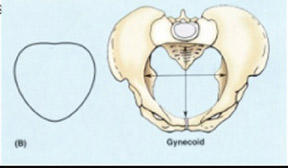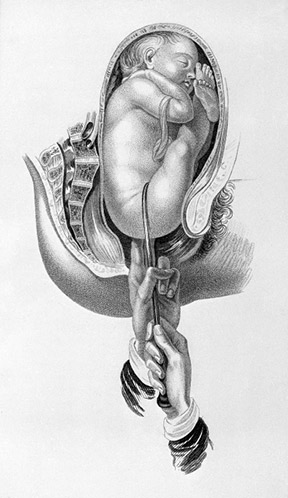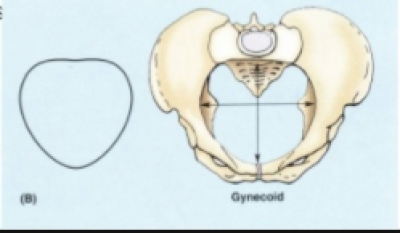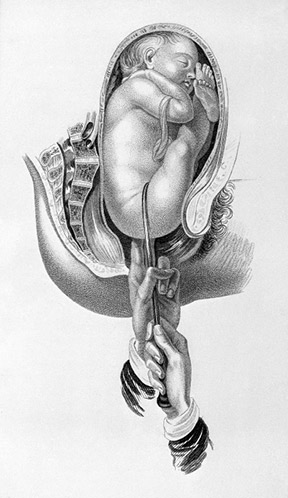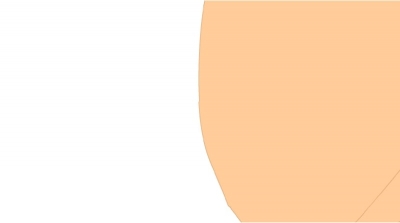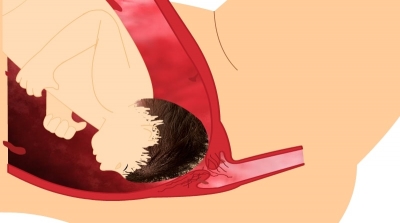When does the baby turn in to head down position?
Head-down literally means that the baby's head is pointing toward the birth canal, and his feet, when his legs are fully extended, are in the vicinity of his mother's ribs. In most pregnancies, the baby begins to go in to head down position by 30 weeks of pregnancy. Unfortunately, this is not the case for at least 25% of expectant mothers.
Even so, it is normal for a baby to turn their head at 34 weeks. It should be of concern only if the baby does not turn their head after the 36-week mark. Even at this stage, it is possible for spontaneous turning to take place. In some cases, the baby may turn even on the onset of labor.
Why do babies turn in to head down position?
In the initial stages of pregnancy, the baby is small and there is more space in the uterus for it to move around, but as it grows big, there is not much place left in the uterus for it to move around freely. This restricts its movements a little.
Your baby’s head is the largest part of her body, so when a baby is delivered head-first, then the rest of the body can be easily delivered. When the baby is head down with his/ her face facing the mom’s back, the baby’s chin is tucked into the chest and this position will help the baby to enter the pelvis of the mother easily. This is referred to as Occipito anterior position and in this position, the delivery is smooth and with fewer difficulties. The shape of the mother’s pelvis can determine which way the head is placed in the pelvis. If the mother’s pelvis is round, the diameter of the pelvis is more and this can cause easy delivery. But if the mother’s pelvis is narrow and the diameter is smaller than the baby’s head may not be able to enter the pelvis easily and this can cause delay or slowing of the delivery process. This can get more complicated if the baby is big and the pelvis of the mother is small. This is called Cephalo ( baby’s head) - Pelvic disproportion.
Once the baby is in the pelvis, the narrowest part of the babies head presses on the cervix and cause it to dilate during contractions. Once the cervix is fully dilated the widest part of the baby’s head is seen in the vagina. The baby’s head rotates and once it is delivered it is followed by the delivery of shoulders and the rest of the body.

